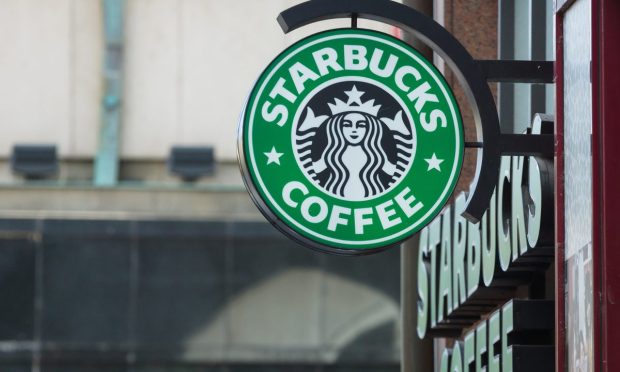Starbucks’ Digital Innovation Masks Fundamental Store Challenges

Starbucks’ digital leadership may not be enough to offset the difficulties the chain faces. The coffee giant is on track for its worst year from an investing standpoint since 2017, CNBC reported Wednesday (Dec. 8). Todd Gordon, founder of Inside Edge Capital Management, told the outlet that he was worried about the chain’s debt, its real estate challenges, and the disconnect between its actual valuation and analysts’ prediction.
“They’re expected to make about $3.44 a share next year. They made $3.24 this year. So only 6% growth priced in, yet they’re trading 30 times forward earnings,” he commented. “I don’t see it as being a part of my portfolio in the near future.”
In recent months, Starbucks has been unveiling shiny, new initiatives and touting its impressive digital milestones. Yet, amid these forward-thinking moves, some of the fundamentals of the business coming under fire.
For instance, in the past six weeks, the brand has touted its loyalty program active membership growth of 28%; it has announced a joint loyalty program that leverages blockchain technology to link rewards to other brands’ programs; and it has announced a new store in the heart of New York City that, powered by Amazon technology, allows consumers to purchase items without a stop at checkout.
Read more: Enjoying Loyalty Success, Starbucks Turns Digital Focus to On-Premises Tech
Meanwhile, progress has been slower behind the scenes. In fiscal year 2021, the chain was only able to decrease its long-term debt by 7%, leaving $13.6 billion hanging overhead. Additionally, in China, which at the end of Q4 held 5,360 of the chain’s 33,833 stores, comparable store sales were down 7% in 2021 on top of a 3% decrease the year before.
“As we noted on our Q3 earnings call, our recovery in China will not be linear,” Starbucks President and CEO Kevin Johnson told analysts on an October call discussing these results. “In Q4, we experienced COVID-related restrictions that constrained customer mobility in 18 provincial-level regions. At its peak in mid-August, approximately 80% of our stores in China were impacted by the pandemic, with some stores fully closed or operating at different levels of elevated public health protocols such as mobile ordering only, limited seating, or health stations.”
See also: Starbucks Looks to Double-Dip Loyalty With Blockchain-Enabled Cross-Brand Rewards
Additionally, with the long-term effects of pandemic quarantines on consumers’ lifestyles still shaking out, it seems that the chain may still be feeling the impacts of the shift to work-from-home on its locations in dense, metropolitan areas, especially given the high real estate costs of these stores.
Take, for instance, New York City. A New York Times report in September noted that, since the start of the pandemic, the chain had shut down 44 of its 235 locations in Manhattan. Additionally, a Partnership for New York City survey conducted in October found that, on any given weekday, only 28% of Manhattan’s office workers were back in the office, and the survey predicted that that share would remain below 50% through January.
While Starbucks is adjusting to this new normal by cutting down real estate costs with pickup-only locations in the city, this shift in behaviors is too dramatic for any fix to immediately ameliorate.
